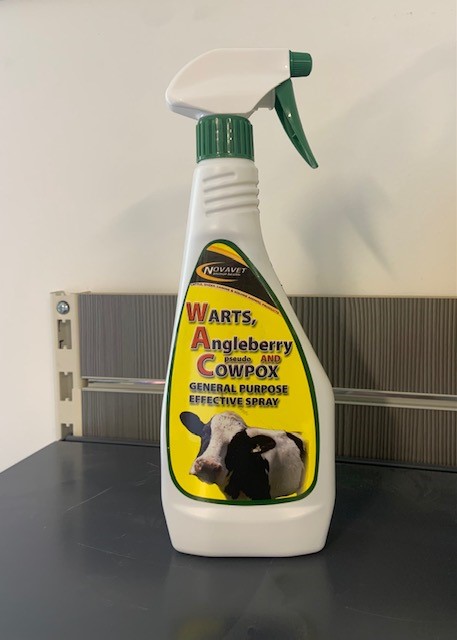Description
SureSeal is a teat seal indicated for prevention of ascending intramammary infections throughout the dry period.
- Active Ingredients: Bismuth subnitrate
- Application method: Intramammary infusion
- Effective against: Intramammary infections
- Dosage: One syringe for each udder quarter
Delivery & Order Information
Delivery Charges
Standard Shipping:
Standard deliveries are charged at €7.99
Free delivery on orders over €129.
Pallet Deliveries (Minimum order value: €300):
| Order Value |
Delivery Charge |
| €300–€499 |
€50 |
| €500–€699 |
€30 |
| €700–€899 |
€15 |
| €900+ |
FREE |
Hazardous Items:
- Excluded from free delivery due to specialised handling requirements.
- Hazardous Items such as dairy hygiene chemicals are clearly marked as such on the product page using the following icon: ⚠️
- A €50 surcharge may apply for hazardous deliveries, which are shipped via a specialist courier.
Oversized/Heavy Items:
- Items that exceed a certain size or weight may incur a surcharge of up to €130
IBC Deliveries:
- IBC deliveries are free of charge.
- Empty Magenta IBCs are collected free of charge with your replacement IBC delivery
- Empty IBC tanks must be free of damage
- Please notify us at the time of ordering if you have an empty IBC tank for collection.
Additional Shipping Charges:
- May occur due to the nature of an individual product or the makeup of your product cart. Additional charges applied to individual products will be clearly marked on the product page.
Product Restrictions
- Veterinary products:Shipped within the Republic of Ireland only.
- All other products:
Available for Republic of Ireland and Northern Ireland delivery.
Delivery Times
- Standard delivery
Delivery within 48 hours in the Republic of Ireland.
- Courier Service:
Allow 3–4 working days.
- Vaccine Orders:
Dispatched Monday to Thursday only.
Packaging & Tracking
- All items are securely packaged for safe delivery.
- Please contact Magenta directly on 053 923 6240 for tracking details
Product Availability
If any items are temporarily out of stock, we will contact you discuss alternative delivery or product options.
This includes,
- Wait for complete shipment
- Split delivery: in-stock items dispatched immediately; backordered items shipped when stock arrives.
- Substitute product where possible
Product Images & Substitutions
- Images are for illustration only. Actual packaging may vary.
- We may substitute unavailable items with equal or superior alternatives, following notification to the customer that the original product is unavailable.
Order changes and Returns
- Please contact Magenta directly on 053 923 6240 for returns, order changes or delivery enquiries.











